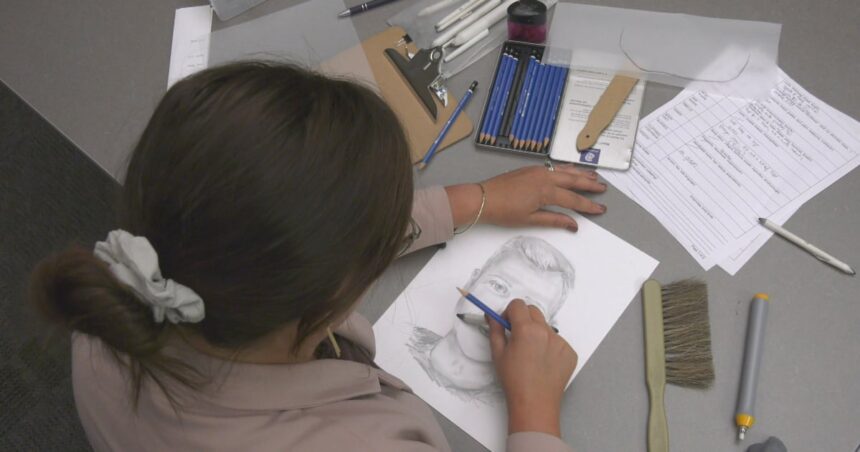When a witness sits down with police sketch artist Samantha Chen in her Toronto studio, the atmosphere is carefully calibrated—calm, reassuring, and focused. “My first job isn’t drawing,” Chen explains, pushing a strand of hair behind her ear. “It’s helping someone revisit a potentially traumatic encounter while keeping them comfortable enough to recall specific details.”
In police departments across Canada, sketch artists like Chen represent a critical investigative tool that has persisted despite technological advances. While facial recognition software and surveillance cameras now dominate crime-solving headlines, the human connection between a skilled artist and a witness remains irreplaceable in cases where digital evidence is unavailable.
“Memory is incredibly fragile,” explains Dr. Morgan Williams, a cognitive psychologist at the University of British Columbia who specializes in eyewitness testimony. “The way we interview witnesses can dramatically affect what they recall. A good sketch artist knows how to guide without leading, how to clarify without suggesting.”
The process typically begins hours or sometimes days after a crime has occurred. Rather than asking witnesses to immediately describe facial features, experienced artists like Chen start with conversation aimed at establishing rapport. They discuss neutral topics, gradually transitioning to the incident in question while carefully monitoring the witness’s comfort level.
“We never begin with a blank page,” says Staff Sergeant Amrit Dhaliwal of the Calgary Police Service. “That can be intimidating for witnesses. Instead, we might start with a basic template of a human face and modify it based on their recollections.”
Most professional police sketch artists in Canada now use digital tools alongside traditional drawing methods. The Royal Canadian Mounted Police employs specialized software that allows artists to assemble facial composites from thousands of pre-drawn features, which can then be adjusted for precise details like scar placement or unique characteristics.
The effectiveness of police sketches varies widely. A 2022 study from the Canadian Journal of Criminology found that sketches led to suspect identification in approximately 18% of cases where they were employed. However, when combined with other investigative techniques, their contribution to solving crimes increased significantly.
“A sketch doesn’t need to be perfect to be useful,” emphasizes Detective Lina Rousseau with the Montreal Police Service. “Even if it captures just 70% accuracy, it can generate tips that point us in the right direction or help eliminate potential suspects.”
Critics point to concerns about reliability, particularly regarding cross-racial identification. Research consistently shows people have more difficulty accurately describing facial features of individuals from racial backgrounds different from their own. Progressive departments have implemented additional training to address these biases.
“We’re constantly evolving our methods,” notes Chen. “Today, I spend far more time discussing cognitive biases with witnesses than artists did a decade ago. We talk openly about how stress affects memory and how to separate what they actually saw from assumptions their brain might have filled in.”
The future of police sketch artistry in Canadian law enforcement appears to be headed toward a hybrid approach. Several provinces have invested in systems that combine traditional artistic techniques with AI-assisted modeling, though experienced human artists remain central to the process.
For witnesses like Toronto resident Michael Cheung, who worked with a sketch artist after witnessing an armed robbery last year, the experience was unexpectedly therapeutic. “I thought I didn’t remember much,” he recounts. “But the artist knew exactly what questions to ask, how to circle back to details. By the end, we had created something that actually looked like the person I saw.”
As Canadian police forces continue balancing technological advances with proven investigative methods, one question remains central to the ongoing relevance of sketch artists in modern crime-solving: In an era of ubiquitous digital surveillance, what unique insights can the human mind—guided by a skilled artist’s hand—still contribute to our pursuit of justice?










